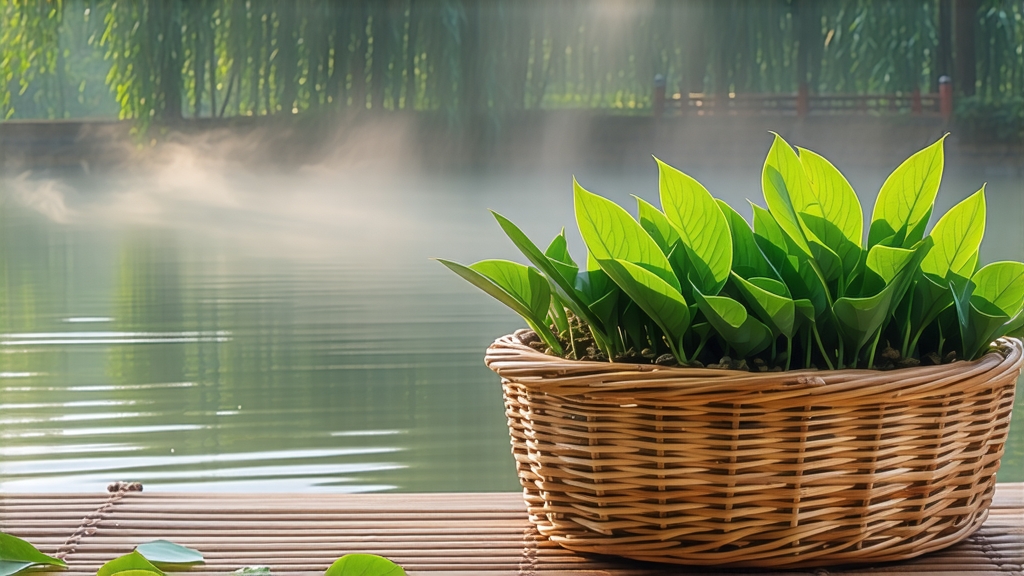
Longjing—romanized as Lung-ching or, more evocatively, Dragon-Well—carries a name that already tells a story. “Dragon” evokes imperial power; “Well” hints at the limestone spring beside Fengshan Hill where, legend says, a dragon once dwelt and where the Qing-era Qianlong Emperor tied his horse to a tea bush. Whether myth or marketing, the tale set in motion a 300-year ascent that turned a handful of green leaves from Hangzhou into China’s most celebrated tea and, arguably, the benchmark against which all Chinese greens are judged abroad.
Yet Longjing is not a single tea; it is a constellation of micro-terroirs, cultivars, and craft decisions. To understand it is to peel back layers of geography, history, and human touch.
-
Historical strata
The first written record dates to the Tang dynasty (618-907), when Lu Yu’s Classic of Tea listed “Tea from Qiantang” among notable greens. The name “Longjing” appears in Ming gazetteers, but fame crystallized in 1689 when the Kangxi Emperor included it among tribute teas. Qianlong’s visit in 1751 sealed the myth: he supposedly plucked the leaves himself, bestowed imperial status on the eighteen bushes still fenced off today, and composed a poem comparing the infusion to “liquid jade.” Export began in the 1850s through Shanghai’s foreign concessions, and by the 1970s Longjing had become the diplomatic gift presented to Nixon during his ice-breaking visit, embedding the tea in soft-power lore. -
Micro-terroirs: core vs. fringe
Authentic Longjing must originate within Zhejiang’s Hangzhou municipality, but insiders divide the region into three concentric rings:
- Xihu (West Lake) Core: 168 km² of protected origin, encompassing Lion Peak (Shi Feng), Wengjia Mountain, Longjing Village, Meijiawu, and Yunqi. Here, quartz-rich soil, mist moderation, and day-night temperature swings create the sought-after amino-acid sweetness.
- Qiantang Zone: foothills farther west where elevation is higher but diurnal range less dramatic; leaves grow faster, yielding lighter liquor.
- Greater Hangzhou: counties such as Fuyang, Lin’an, Tonglu. Still legal Longjing, yet lacking the sesame-chestnut punch of the core.
Beyond these lie “Zhejiang Longjing” (Jiaxing, Huzhou) and, confusingly for shoppers, “Sichuan Longjing” or “Guizhou Longjing,” teas made with the same cultivar but grown under different skies.
-
Cultivars: seed vs. clone
Traditional Longjing comes from the Longjing #43 clonal selection—bred in 1972 for early budding, uniform leaf size, and frost resistance. Purists prize the old-grove “Qunti” (population) cultivar: smaller, irregular leaves, lower yield, but deeper aftertaste. Recent plantings experiment with Wuniuzao (even earlier) and Zhongcha 102 (high-theanine), yet most premium labels still tout #43 for its balance of yield and flavor. -
Craft: the 10-hand pan-fire
Unlike Japanese greens that are steamed, Longjing is “pan-fired,” a technique that demands a choreography of heat, pressure, and timing. A master’s day begins at 04:30 when fresh leaves arrive in bamboo crates. Withering lasts only 30–60 minutes, just enough to lose surface moisture. The critical shaqing (kill-green) stage employs a 200 °C cast-iron wok. With bare hands, the fryer tosses 250 g of leaves, pressing them against the metal in a motion called “grasp, shake, rub, fling.” Ten minutes later the temperature drops to 80 °C for the hui chao (final shaping), where leaves are repeatedly stroked into the signature “flat, smooth, straight” sword form. One kilogram of finished tea demands 60,000 pluckings and six hours of non-stop wrist work. A single mis-timed press scorches the leaf, locking in bitterness; too gentle a touch leaves grassy astringency. -
Grading lexicon
Chinese buyers speak in shorthand:
- Mingqian: picked before Qingming (early April), tiny buds, 1.2 cm max, snow-white down still visible; price can top USD 2